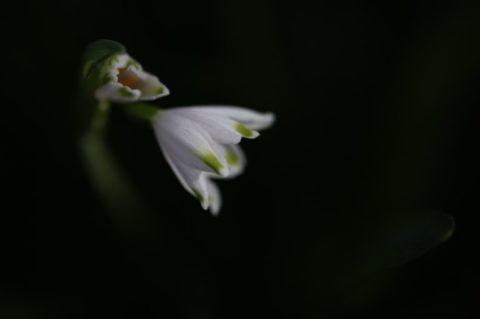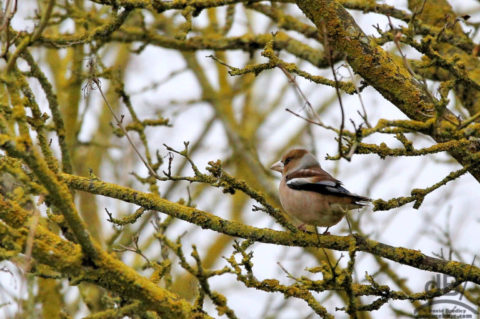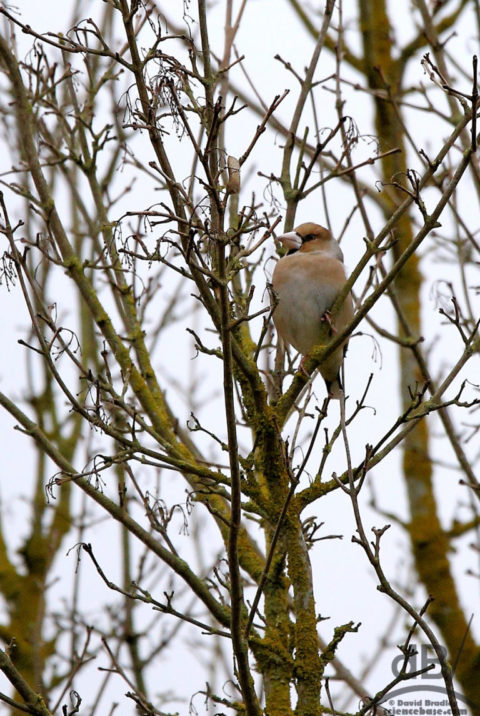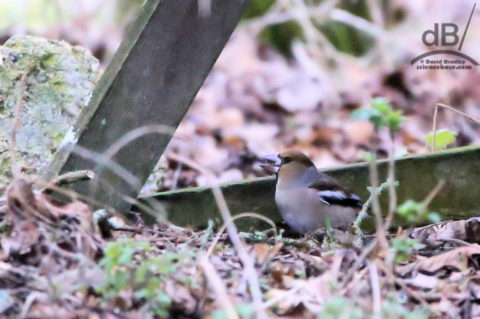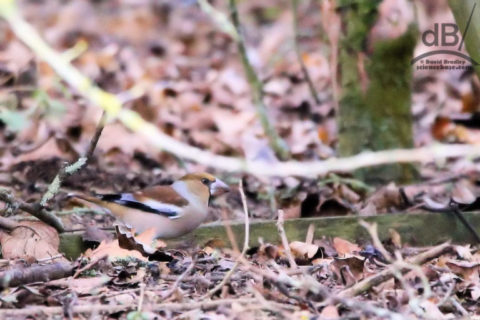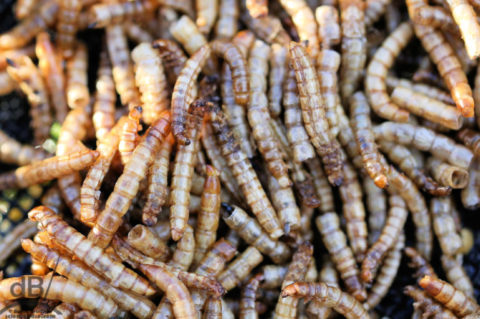It’s hit the news today, but the Natural History Museum posted a story about their Cheddar Man research in January. It’s fascinating stuff, especially the fact that the DNA evidence suggests that he was probably brown-to-black-skinned and had blue eyes.

I know I am simply adding to the Channel 4 free publicity for their TV programme about Cheddar Man by mentioning him again. However, I am confused as to why so many outlets are referring to him as the first man to have lived on the British Isle when he dates back a mere 10,000 years. There were humans here before that, long before that including Homo antecessor or Pioneer Man whose footprints were found in Happisburgh, Norfolk, dating back 850,000 years! Cheddar Man who is something of an “incomer” in comparison. Of course, we don’t have the skeleton or any bone fragments of anyone who left those ancient footprints.
The point is, I know, that he is presumably one of the first people to resettle the British Isles after the last Ice Age. That’s the point. This part of the world was basically uninhabitable to humans until the ending of the major glaciation (around 11000-12000 years ago) of the most recent Ice Age. Incidentally, that Ice Age is ongoing, there is ice at the Poles, after all, we are simply between major glacial periods that cake the continents with 3-4 kilometres of ice. There have been lots of comings and goings…and there will continue to be so, even after Brexit.



